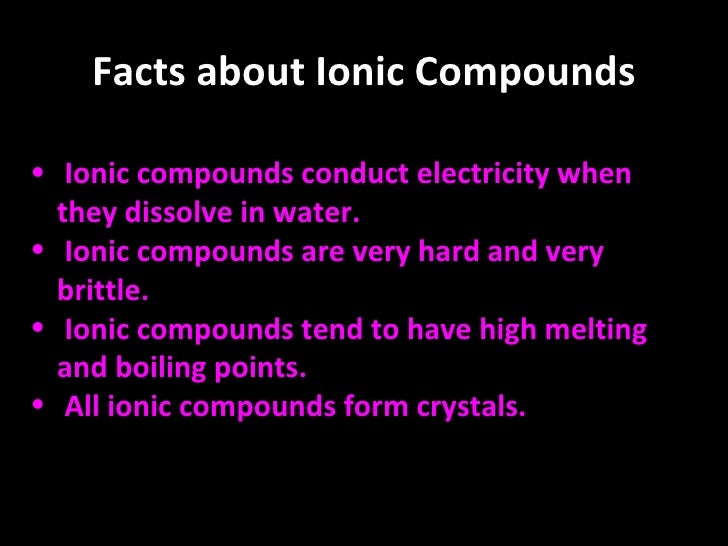

Understand that the molecular shape names are descriptions of the actual shape.Describe the implications of electron pair repulsions on molecular shape.Conceptualize the impact of one electron pair domain acting upon another, and understand how those interactions result in the molecular geometries predicted by VSEPR theory.Identify that different metals have different properties.Visualize “free-moving electrons” in metallic bonding.Name and write the formulas for binary and ternary ionic compounds.Explain the purposes of superscripts and subscripts in chemical formulas.Explain why different quantities of ions combine to make different compounds.


We constructed a unit plan using AACT resources that is designed to teach Chemical Bonding to your students.īy the end of this unit, students should be able to The AACT high school classroom resource library has everything you need to put together a unit plan for your classroom: lessons, activities, labs, projects, videos, simulations, and animations.


 0 kommentar(er)
0 kommentar(er)
